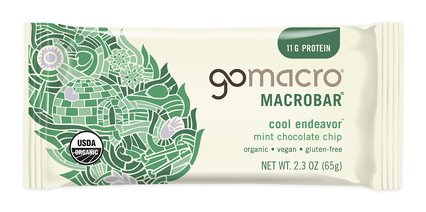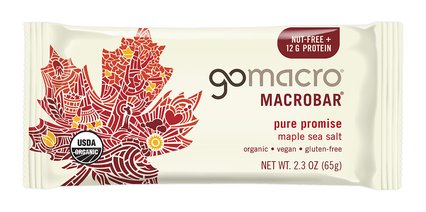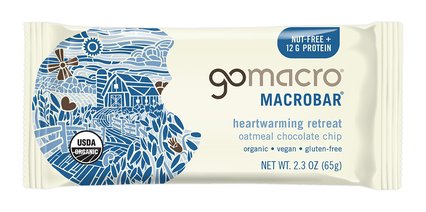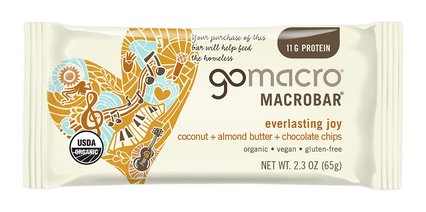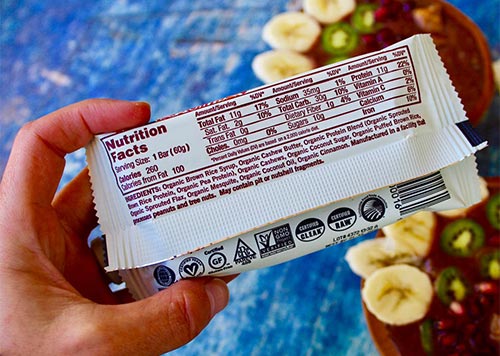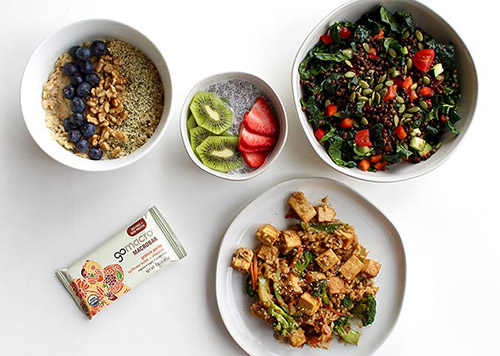What Actually Happens to Your Recycling?
Taking the time to separate out recyclables is an important way we can all play our part to reduce waste and give products a useful new life – but have you ever thought about what happens to your recyclables after you drop them in the bin?
Arriving at the recycling center is only the beginning of the recycling process for your paper, glass bottles, aluminum cans, and recyclable plastics. From there, they’ll get sorted, processed back into raw materials, and sold to companies that can use them to create new products. Here’s a closer look at the process of recycling, and how you can help ensure your items actually get recycled.
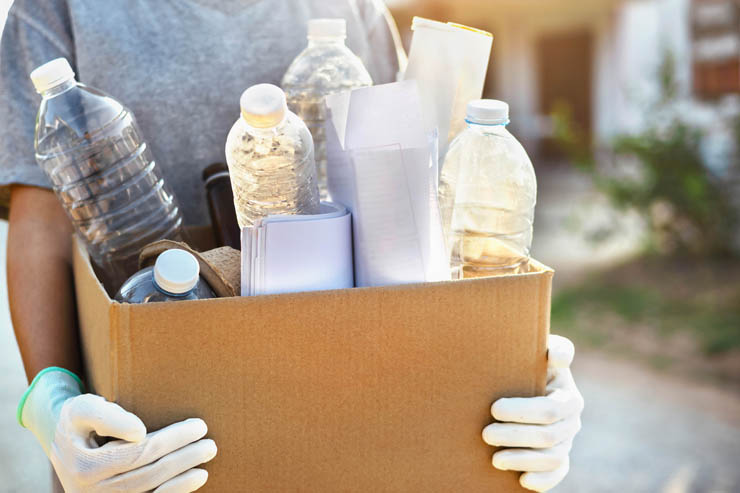
Why is Recycling so Important?
When you recycle, the planet benefits in all kinds of direct and indirect ways. The most obvious perks are that recycling reduces the amount of trash being sent to landfills while reducing our dependence on new materials. Reusing resources that have already been extracted through mining and oil drilling means less disruption to our ecosystem and wildlife. Plus, reusing materials means depleting less of our planet’s resources. Recycling paper means fewer trees must be harvested, and recycling plastics means we’re less reliant on nonrenewable fossil fuels.
Those benefits also come with other hidden perks! Recycling products requires much less energy than harvesting new materials, transporting them, and manufacturing them from scratch. For example, making new aluminum from old products requires 95% less energy than making it from scratch – and most metals are infinitely recyclable without losing any of their properties! Less energy used also means less fossil fuels are needed to power all those processes, which means a lower carbon footprint and decreased emissions.
Where Does My Recycling Go?
Your recyclables’ first stop after pickup is a local or regional recovery facility. These recycling centers are where items are sorted and cleaned. However, where they go from there can vary widely based on material, quality, and location.
For decades, China handled millions of tons of recyclables imported from around the world – but in reality, 30 percent of these mixed recyclables were ultimately contaminated and never recycled. In 2018, China stopped accepting most recyclables from the United States, which disrupted our domestic recycling system. While municipalities used to be able to profit from selling recyclables, many now have to pay to recycle items – or simply opt to discard or incinerate them.
Because we’ve been shipping recyclables out for so long, the United States market and infrastructure for recyclables has a lot of room for improvement. Roughly 1 million tons of recyclable plastic waste is still shipped overseas to countries like Cambodia, Bangladesh, Ghana, Laos, Ethiopia, Kenya, and Senegal.
However, demand for high-quality, uncontaminated recycled materials is growing worldwide – especially cardboard, PET, and HDPE plastics. The more demand there is for post-consumer recycled (PCR) materials, the more economically motivated recycling processors will be to invest in technology that can sort materials to minimize contamination.
What is the Recycling Process?
-
Recyclables are collected in your curbside bin, collection centers, mail-in programs, or through deposit and refund programs.
-
Items are transported to a recovery facility, where employees manually sort, separate, and pull some unrecyclable items from the conveyor belt that could potentially damage the equipment.
-
A series of sensors and machines then sort the rest of the materials. For example, spinning discs kick up paper and cardboard, while heavier materials continue down the line. Infrared lights determine the different types of plastic and use a puff of air to remove the material. Rolling magnets separate out metal materials.
-
Items are cleaned and baled into piles based upon their contents and shipped nationally or overseas to companies that can process them back into useable materials.
-
Last, the processed materials are upcycled and used to make new products, completing the journey of recycling.
Different Recycling Symbols and What They Mean
Just because a product has a recycling symbol, it doesn’t necessarily mean it’s recyclable in all locations. Nearly all glass, paper, and aluminum are universally recyclable – but when it comes to plastics, it’s important to know what your local recovery center accepts.
1: PET or PETE is the most common single-use plastic used in disposable water bottles, beverage bottles, and condiment containers. Nearly all curbside programs accept PET – simply rinse the vessel thoroughly and dispose.
2: HDPE is another common plastic, used in milk jugs, shampoo bottles, household cleaner packaging, cereal bags, and more. Hard versions of HDPE are curbside recyclable, but flexible films (like grocery bags) typically can’t go into the bin.
3: PVC or V is a heavier plastic used mostly in piping, siding, and some packaging. Because it releases dangerous toxins during manufacturing, it’s rarely recyclable. Check with your local waste management company and never attempt to burn it.
4 LDPE is often found in squeezable bottles, toothpaste tubes, bread and frozen food bags, and some furniture. LDPE is not often recycled through curbside programs, but some communities might accept it.
5: PP is often used for containers that hold hot materials thanks to its high melting point (think lids, straws, and medicine bottles). It’s usually curbside recyclable, but make sure there's no food left inside and throw loose caps into the garbage since they tend to end up as garbage anyway due to their size.
6: PS polystyrene, a hard foam that we commonly call Styrofoam, is found in disposable plates and cups, meat trays, egg cartons, and carry-out containers. It’s not typically curbside recyclable, but many recycling centers have designated foam bins. Otherwise, secure foam inside a bag to keep it contained and put it in the trash.
7: Miscellaneous includes all the resins that don’t fit other categories. This includes Polycarbonate, the plastic that contains BPA, and many items like sunglasses, nylon, signs, and so much more. Traditionally, these items aren’t recyclable.
What is TerraCycle®?
Reading through that list, it might feel discouraging to see how many items aren't recyclable in most municipalities – but that doesn’t mean the items are impossible to recycle. One of the greatest challenges of our recycling system is that not all materials can be resold to manufacturers at a price that supports the cost of recycling. That’s where TerraCycle comes in!
TerraCycle® can recycle some of your hard-to-recycle waste because they work with brands, retailers, and other stakeholders who fund the recycling process. TerraCycle is a free-to-consumers, recycling platform that collects waste that’s not locally recyclable – including our MacroBar wrappers! Once collected via free mail-in programs, TerraCycle processes unrecyclable items back into raw material, which they sell to manufacturing companies. From there, the materials become everything from outdoor furniture and flooring tiles to playground surface covers, athletic fields, and more.
Learn more about GoMacro’s recycling initiatives, including our partnership with TerraCycle, on our Recycling page! Together, we can all take small steps that add up to a big positive impact for our planet.
